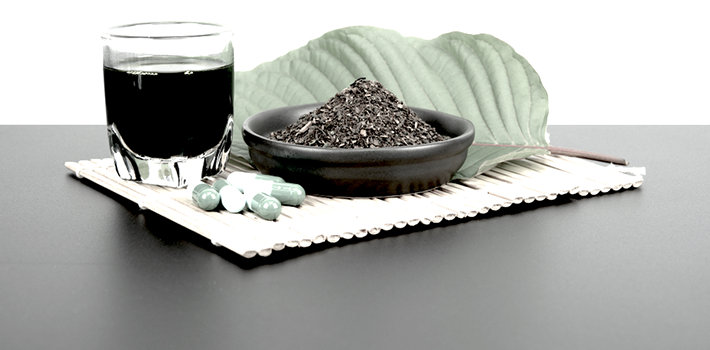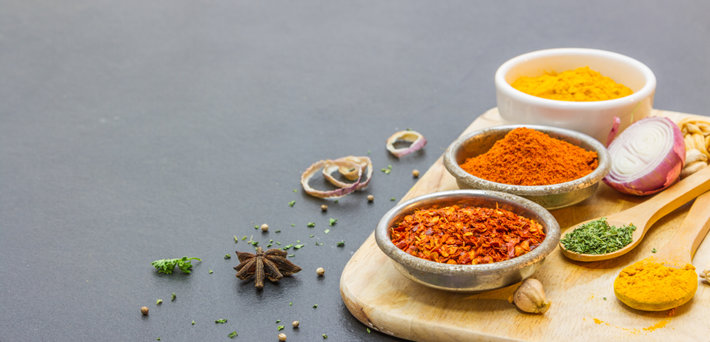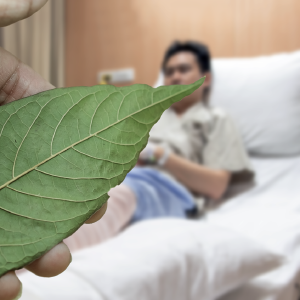What is Kratom?

A growing drug trend has surfaced in the U.S. which supports the use of an organic drug called kratom. According to the National Institute on Drug Abuse, kratom is the term for the tropical tree (Mitragyna speciosa). This tree is native to Southeast Asia. The leaves of the kratom tree have both psychotropic and pain-relieving effects.
Discussions on kratom are controversial because although the drug clearly poses a risk for addiction and dependence, many people support its use as an alternative to pharmaceutical painkillers.
Is Kratom Addictive?
Just because a substance is plant-based does not mean it can’t be highly addictive, habit-forming, and capable of creating chemical dependence in those who take it. Kratom falls in this category and is addictive.
Cocaine is highly addictive and it is not that far removed from the coca plant. All opioid drugs, though altered and processed, come from morphine chemicals that are derived from poppy plants. (More on that later.)
Kratom is still very new on the drug use scene, so there is little information on how many deaths it may or may not have caused, on the number of addictions created by it, on the amount of crimes committed because of it, etc.

But do we really need to continue to allow this drug to be legal until some number of people become addicted to it and die from it, just to prove that the drug is dangerous? According to the BBC, it should serve as some insight to the dangers of kratom that this drug is illegal in countries where it originates, such as Thailand.
Is Kratom Legal?
Kratom is legal in the United States. But it might not be legal for long. Since kratom is still a very new drug, and it’s going to take some time before the people in charge decide what to do with it.
In August of 2016, the Drug Enforcement Administration announced that kratom was an “Imminent hazard to public safety.” But advocates of the popular herb promoted that kratom was a safe and helpful alternative to pharmaceutical opioid pain relievers. Those who sought to outlaw kratom argued that kratom was an opioid pain reliever, yes, but a non-pharmaceutical, non-regulated, and non-controlled opioid pain reliever.
Before the DEA could ban kratom by labeling it a Schedule 1 drug (the same classification as heroin, ecstasy, marijuana, LSD, etc.), Congress stepped in. Congress urged the DEA to keep kratom legal, at least for a little while, so that more studies could be done and more information could be garnered about the drug.
Clearly, kratom has been legal and is still legal today. But is that the right path to take? Should we allow an organic opioid to be freely used on the streets of America?
Kratom Versus Opioids
We’ve already seen the horrors and the terrible nightmare that the excessive use of opioid pharmaceuticals has brought upon our nation. With that in mind, why would it be sensible to bring another opioid in?
Advocates of kratom cry out that kratom is the “natural” version of pharmaceutical painkillers, and is therefore safer. But do you know what else is a natural version of opioid painkillers? Heroin. Heroin is altered to some degree, but the basic structure of heroin is morphine, a natural substance extracted from the seed pods of various poppy plants. Heroin can be altered and changed, but so can kratom. The fact of the matter is that pure, unadulterated heroin is not that far removed from the opium plant it comes from.
And heroin is one of the deadliest, most terrible drugs known to man.
So to say that kratom is safe because it is a “natural drug” is illogical and just plain not true. And to say that kratom is the “lesser of two evils” when comparing it to opioid pharmaceuticals is like comparing land mines to hand grenades. Both are highly dangerous.
Kratom is risky and addictive. Opioid painkillers are risky and addictive. We would gain more ground in addressing pain relief in America if we completely shifted our focus away from opioids and instead directed our attention to non-opioid based pain relief. Such routes do exist, but they are not that well known as their very existence bites into the profit margins of multi-billion dollar pharmaceutical companies.
Alternative Methods of Pain Relief

There are methods of pain relief that pose little to no risk, which are not addictive, and which pose zero risks for an overdose. Let’s take a look at a few of these:
- First up we have ginger, a powerful anti-inflammatory that is considered to be even more effective than the pain reliever ibuprofen. Another benefit to ginger is that, according to an independent study published at care2.com,ginger not only has the same anti-inflammatory effects as Tylenol and Advil, but ginger does us one better. Ginger blocks the inflammatory compounds from even forming in our joints, to begin with, preventing the onset of acidity in joint fluid, which is what causes inflammation and resulting pain.
- Turmeric is another highly beneficial pain reliever. The distinctive, curry spice not only tastes great on food but also offers anti-inflammatory benefits, anti-cancer properties, and other benefits. Turmeric helps to lower the levels of enzymes in the body which cause inflammation.
- For sore muscles, bruises, an aching back, or pained joints, capsaicin acts as a good topical remedy for direct-to-skin application. According to Indian Country Today capsaicin is excellent for reducing nerve, muscle, and joint pain, all thanks to “Substance P,” a chemical naturally created in the capsaicin plant. Capsaicin is derived from chili peppers.
The above are just three of likely dozens of all-natural and alternative pain remedies. Anyone who struggles with pain should attempt holistic and risk-free methods of pain relief before ever taking opioid pharmaceuticals or before experimenting with a controversial drug like kratom.
Yes Kratom or No Kratom?
For some reason, our culture is inclined to take drastic measures at the first sign of trouble. Mental health struggles? Heavy medication. Physical pain? Heavy medication. Trouble studying? Heavy medication. Can’t get or don’t want heavy medication? Addictive and mind-altering plant-based drugs. This seems to be the trend in the U.S. today.
We need to break away from this heavy reliance on the one solution of a powerful, potent medication or drug. Addressing physical pain or mental distress will likely take multiple approaches across the wide spectrum of health. There is no silver bullet, no band-aid quick fix to our physical and mental struggles. The above, three holistic routes to pain relief are helpful, but even they would need to be a part of a comprehensive plan for reducing pain. Kratom has no place in that comprehensive plan, as the addiction risks and the consequences of using this drug are too dire.
Sources:
- https://www.drugabuse.gov/drugs-abuse/heroin
- https://www.care2.com/greenliving/study-ginger-better-than-drugs-for-pain.html#ixzz35U2Skt00
- https://newsmaven.io/indiancountrytoday/archive/natural-pain-relief-9-alternatives-to-ibuprofen-acetaminophen-or-aspirin-wr6U0siusUyUP4MsZ8dwig/
- https://www.bbc.com/news/world-asia-40081330
Reviewed by Claire Pinelli ICAADC, CCS, LADC, RAS, MCAP


